Holodomor as nation breaker: How genocide became a generational trauma for Ukraine
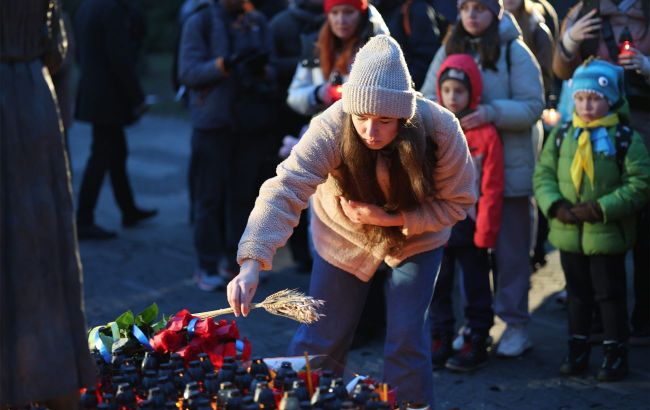 Ukrainians honor the victims of the Holodomor in November (photo: Getty Images)
Ukrainians honor the victims of the Holodomor in November (photo: Getty Images)
Read about the true purpose of the Holodomors in Ukraine, the demographic consequences for the people, how the collective trauma affected future generations, and why it is important to recognize the Holodomor as genocide.
Every year on the fourth Saturday of November, Ukraine commemorates the victims of the Holodomor. In the last century, Ukrainians experienced three major famines - in 1921-23, 1932-1933, and 1946-47.
It is still difficult to calculate the exact number of victims. Ukraine's demographic losses in the worst Holodomor in 1932-1933 amounted to about 4.5 million people, including 3.9 million losses due to mortality, and another 600,000 due to birth deficits, according to data provided by the Ptoukha Institute for Demography and Social Studies of the National Academy of Sciences of Ukraine.
Currently, about 30 countries have recognized the Holodomor of 1932-1933 as genocide against the Ukrainian people. The European Parliament did so only in December 2022, and the United States has not yet made a similar decision, although more than half of the states have recognized the Holodomor at their level. At the same time, Russia, as the successor to the USSR, continues to cynically deny the fact of genocide against Ukrainians.
RBC-Ukraine asked Yana Hrynko, a historian, curator of Holodomor exhibitions, and senior researcher at the National Museum of the History of Ukraine in the Second World War, about the consequences of the famine, which regions suffered the most, and how it affected modern generations.
Below is Yana Hrynko's direct speech.
What was the purpose of the Holodomors?
We have a presidential decree on the National Holodomor Remembrance Day, but there is actually a difference between the famines of 1921-1923 and 1946-1947 and the Holodomor of 1932-33. Researchers and lawyers have already proved that the events of the 1930s were an act of genocide against the Ukrainian people, which is not the case with the 1920s or 1940s.
The purpose of the Holodomor of the 1930s is clear - Moscow committed genocide in order to keep Soviet Ukraine under its control, to suppress the resistance that began on the territory of Ukraine during collectivization and dekulakization. In the 1920s and 1940s, the situations were different, although the tools were similar.
In early 1921, the Communists kept silent about the famine, and when they appealed to international organizations for help, they spoke about the situation in the Russian Volga region, but not about southern Ukraine. However, starting in 1922, international organizations were allowed to enter our territories to help the starving. This was not the case in the 1930s.
In the 1940s, the famine was caused, among other things, by the war, because there were hostilities on the territory of Ukraine. It all led to the collapse of the industry and the economy in general. But the main reason was grain procurement and the repressions associated with it. The result of the famine was massive degeneration and mortality.
 Historian and curator of Holodomor exhibitions Yana Hrynko (photo from personal archive)
Historian and curator of Holodomor exhibitions Yana Hrynko (photo from personal archive)
How the Holodomors changed the demographic situation
The Holodomor caused great demographic losses for Ukraine. In the criminal case №475 on the Holodomor, experts talk about at least 4 million people killed in 1932-33.
The researchers rely mainly on the 1926 and 1937 censuses. But these censuses may not give a complete picture of all migration processes, because there were many movements, such as evictions, deportations, and relocations. The Soviet Union practiced constant business trips, so it was difficult to accurately calculate the number of victims.
Besides, the 1937 census was classified because it did not meet the expectations of the top leadership of the USSR and Stalin personally. The Soviet government wanted to show demographic growth and the success of socialism in the country. Although the census showed an increase in the population of the USSR, it was not the figure that the communists expected. It also showed that the population of the Ukrainian Republic decreased.
It is difficult to say what the population of Ukraine would be today if there were no Holodomors and other large-scale crimes that took place later, as well as World War II.
Researcher Andrii Kozytskyi says that even 90 years after the Holodomor, the number of Ukrainians in the world increased by only 20%, and in the territory where the genocide took place by about 10%. This is a small figure and it does not indicate that the population has recovered from genocide. For example, the Kazakhs, who also experienced a massive famine with signs of genocide, were able to restore their population after 40 years.
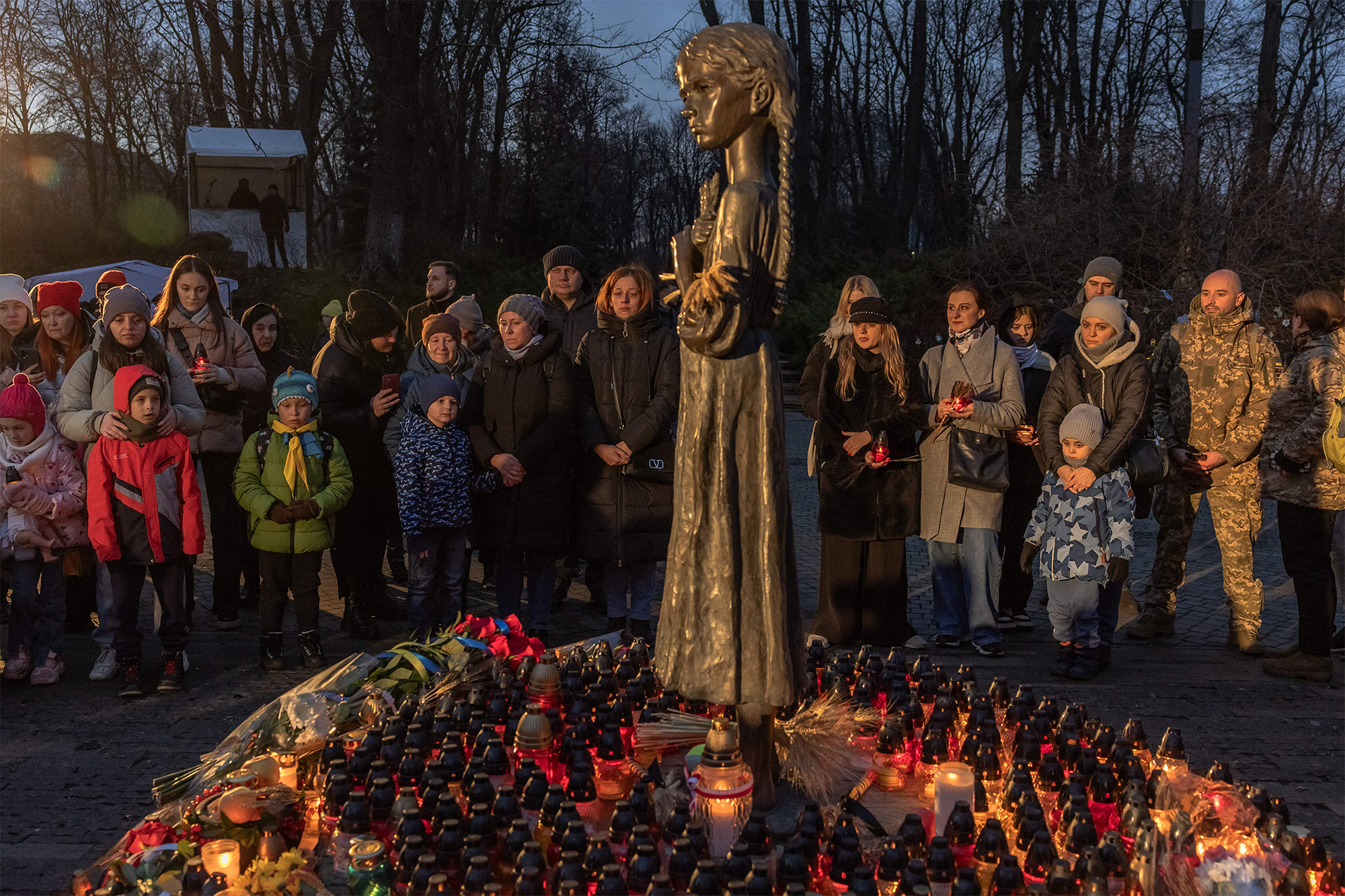 On the fourth Saturday of November, Ukrainians commemorate the victims of the Holodomor (photo: Getty Images)
On the fourth Saturday of November, Ukrainians commemorate the victims of the Holodomor (photo: Getty Images)
Which regions suffered the most
The Ptoukha Institute for Demography and Social Studies calculated that the losses from the Holodomor of 1932-33 were highest in central and eastern Ukraine. This is the Vinnytsia-Kyiv-Kharkiv line.
The Communists concealed the Holodomor. There were many cases when deaths were no longer recorded, and therefore they are not included in the statistics. And if we can say that these regions suffered great losses, this in no way diminishes the suffering in other regions.
We also need to take into account other factors. For example, the south of Ukraine is a grain region with the largest sown areas, and some of the sowing material could remain there. In certain areas, this was used to feed workers, simply to have someone to do the work.
In the Chernihiv region, people had a better chance of survival thanks to the forested area. In the Donetsk region, many people were involved in working at industrial facilities, and the mortality rate there could have been lower compared to the Kharkiv region.
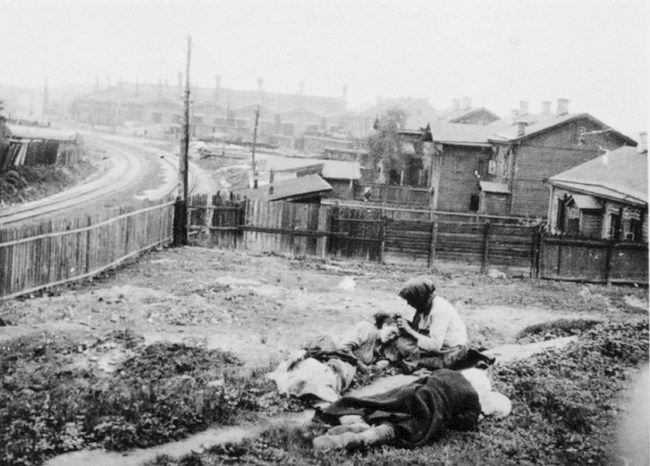
Victims of the Holodomor. Kharkiv region, 1933 (photo: Alexander Wienerberger/Wikipedia)
Why it is important to recognize the Holodomor as an act of genocide
Recognition of such crimes is a moral safeguard that should prevent such things from happening again. Given current events, it is obvious that the recognition of the Holodomor as genocide was overdue. Not all countries, at least in Europe, had done so.
The Holodomor was aimed at destroying the Ukrainian nation as such. When the world recognizes that the Holodomor was genocide, it recognizes that the Ukrainian nation existed in the 1930s, and Stalin sought to destroy it.
Before the full-scale invasion, Russian current leader Putin publicly denied the existence of the Ukrainian nation several times, saying that Russians and Ukrainians are one people and that Ukraine is Russian territory.
Even then, the world that would have recognized the Holodomor would have reacted very categorically to these indirect calls for the genocide of Ukrainians. Therefore, the recognition of the Holodomor is necessary.
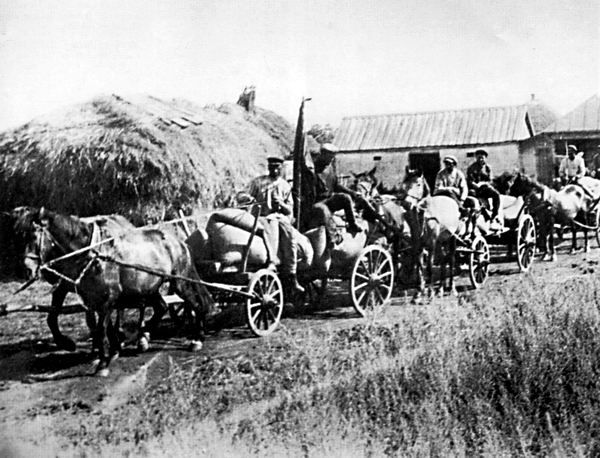
Communists taking grain from a collective farm in the Kharkiv region, 1932 (photo: Wikipedia)
Is it appropriate to talk about genetic memory and intergenerational trauma?
The Holodomor caused great trauma to the Ukrainian people. Subsequent generations began to hide their identity or deny it.
One of the tasks of the Holodomor was to break the backbone of the Ukrainian nation, its resistance, and its thirst for freedom. There was no open armed resistance in the territories where the Holodomor took place.
Scholars Victoriia Horbunova and Vitalii Klynchuk are researching the transgenerational effects of the Holodomor, meaning people inherit the marks of trauma from their parents and grandparents through their behavior. People who survived the Holodomor taught their children how to survive in a totalitarian state. Patterns of behavior were formed, and children grew up with them, and then they taught their children.
Even the problem of the Russian language in Ukraine is a consequence of the Holodomor, to a certain extent. In the 1930s, people realized that in order to survive in that state, they had to switch to Russian and agree to this policy, that everything Ukrainian was undeveloped from the countryside (at that time Ukraine was agrarian and most Ukrainians lived in rural areas), and everything Russian was progressive from the city. Therefore, over time, people in Ukraine began to hide their origin from the countryside, switching to Russian when they went to study or work in the city. And their children no longer understood who they were.
I have seen many situations in Kharkiv and Kyiv when grandparents lived in the village and spoke Ukrainian, but their children and grandchildren, having moved to the city, spoke Russian.
It is very important to talk about, research, realize, and understand that many Ukrainians became Russian-speaking not because it is more convenient for them, but because their ancestors suffered for their Ukrainian identity.
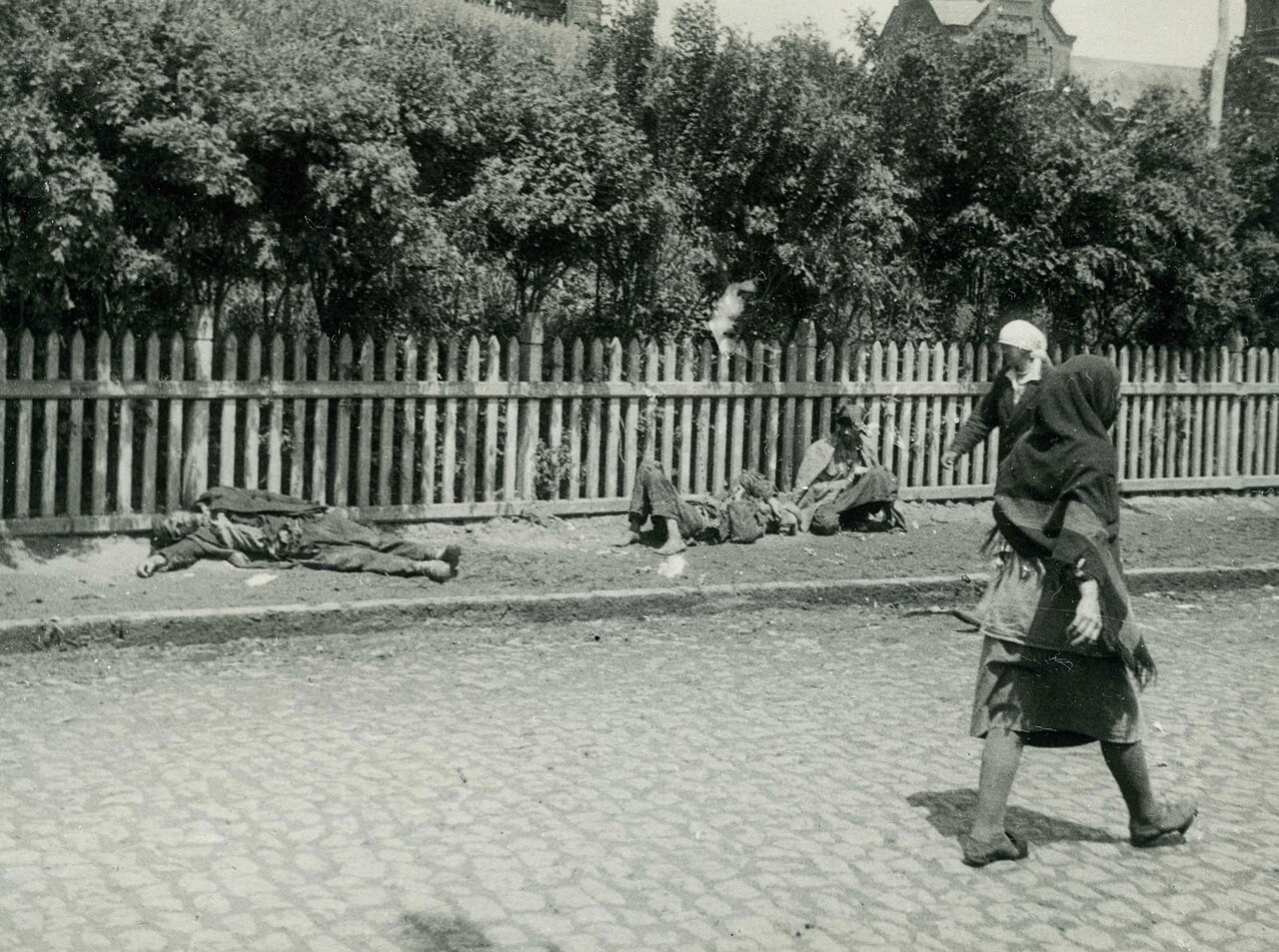 Holodomor victims on the streets of Kharkiv, 1933 (photo: Alexander Wienerberger/Wikipedia)
Holodomor victims on the streets of Kharkiv, 1933 (photo: Alexander Wienerberger/Wikipedia)
The Ukrainian pattern of “keeping a low profile” is also a result of trauma. In the Soviet Union, you had to be like everyone else, not stand out, because you could draw attention to yourself and end up in the crosshairs of the NKVD.
People also developed the habit of not sharing their success and not being proud of their finances, because the fear of being dekulakized persists at the genetic level, although this has long since ceased to exist. You can read about this in Iryna Reva's research On the Other Side of Yourself.
After the Holodomor, people realized that everyone who joined the civil service could get by. Therefore, an opinion was formed that it was necessary to get their children into government agencies, the police, and thus they would be able to survive. That is why the current problems with corruption also have their roots in the 1930s when everyone was equally poor and only communists had access to resources.
The Holodomor also had a great impact on the development of Ukraine's political framework. It is difficult for Ukrainians to become independent, they seem to be learning how to do it from scratch. It is difficult for Ukraine to build independent, sustainable state institutions because, in the Soviet Union, they were all controlled by the center. This is a completely different system than a democratic country.
Now Ukrainians are learning to assert themselves in the world, because for quite a long time, others, primarily the colonizer, have been talking for them.
What would our history have been like if not for the Holodomors?
This is far from a scientific approach, but if we imagine that there would have been no Holodomor of 1932-1933, Ukrainians would have left the Soviet Union in the early 1930s. They did not accept this policy of collectivization, dekulakization, they did not agree with it.
The then-Ukrainian communist elite also began to realize that Ukraine has its own way, even if it is communist, but it can be independent of Moscow.
Ukrainian economist Mykhailo Volobuiev, the author of the concept of Ukrainian self-sufficiency in the Ukrainian SSR said about that. And he was arrested for that in 1933. Ukrainian artists, who were destroyed by Stalin, spoke about independent culture and art. If not for the Holodomor, the slogan Away from Moscow would have become a reality.

